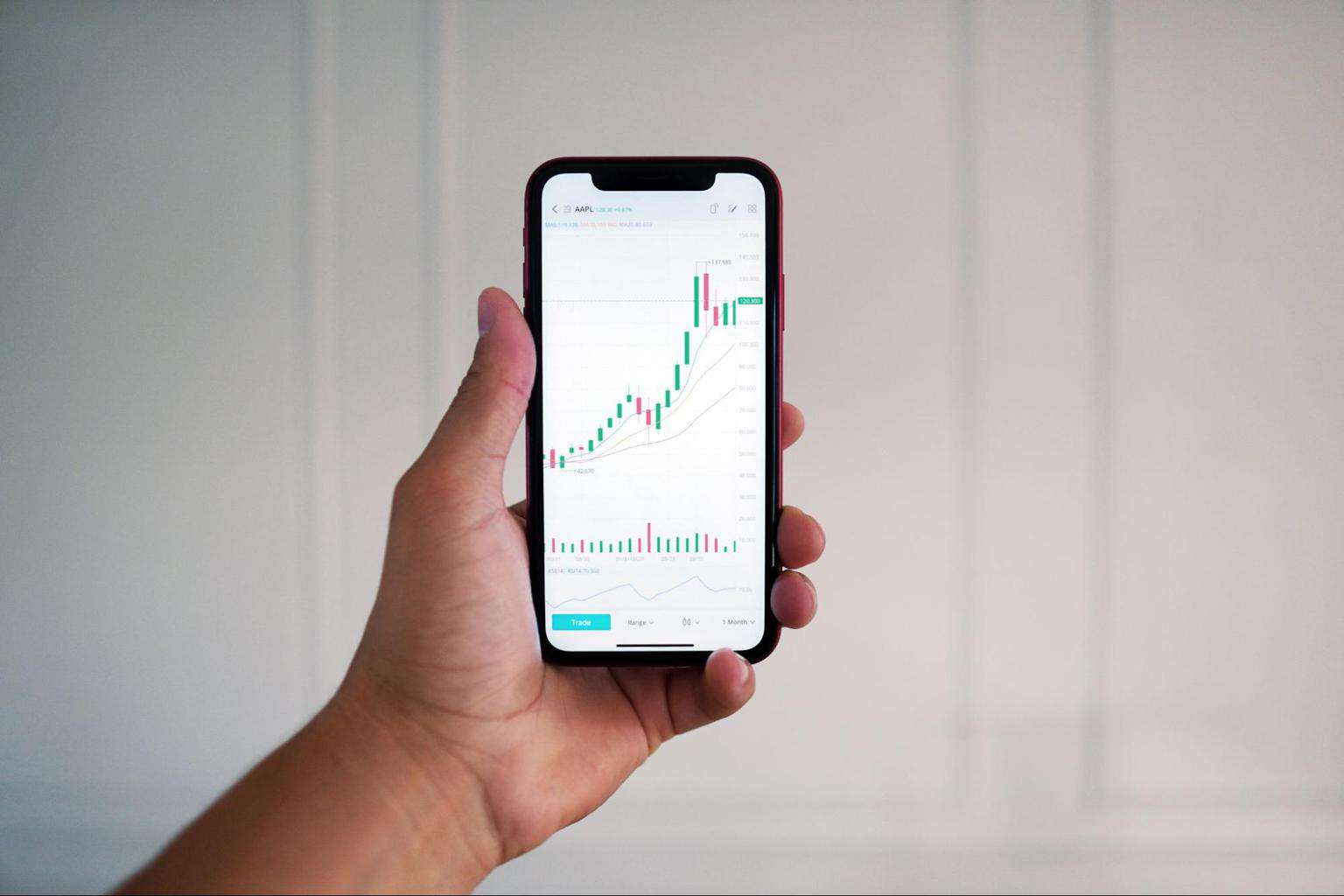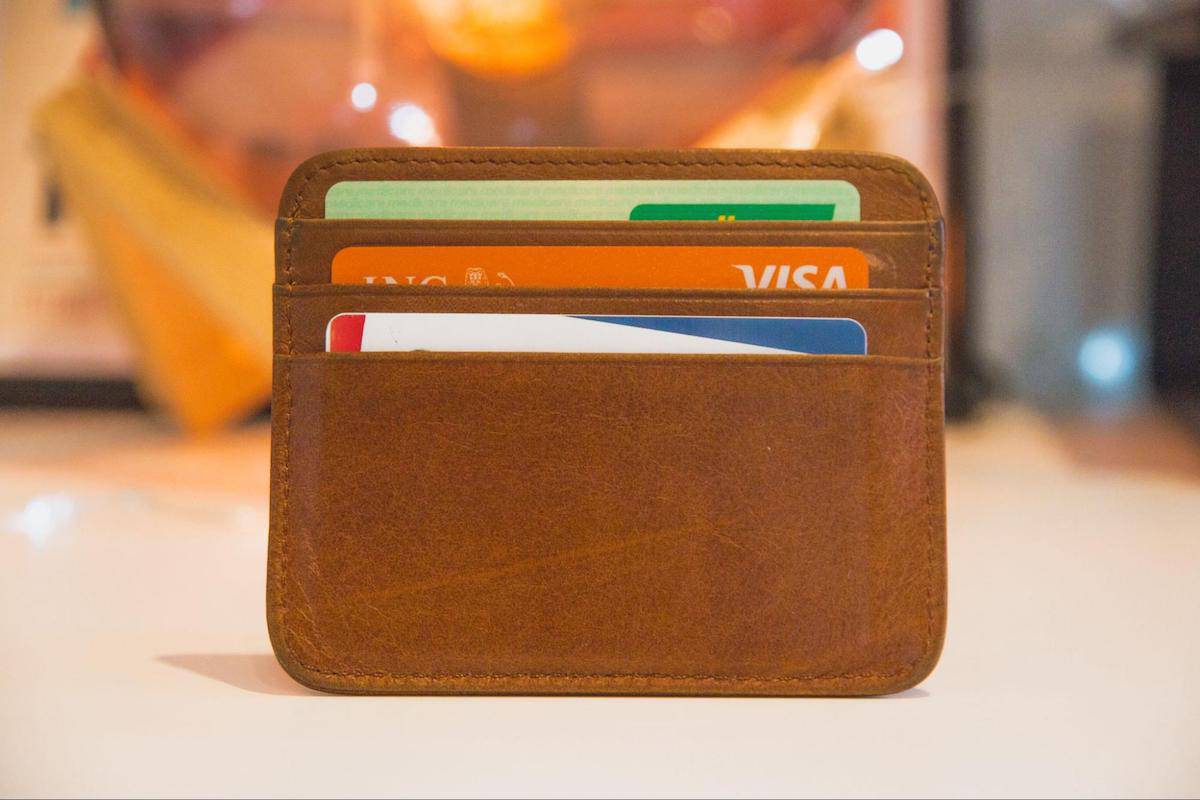It’s no secret: money matters.
You might not think “finance” when you think about sustainability, but the banks we support, the companies we invest in, and the day-to-day ways we spend our money all have a bigger impact than you may realize. Money matters … and so does the way you manage it.
We’re here to help you understand why.

Eco-friendly guide to finances and saving: banks.
You might wonder why it makes a difference which bank you choose. After all, the money you deposit sits in your account, doing no harm and no good until you take it out and spend it. Right?
Not quite.
To understand why you should choose your bank carefully, you first need to understand how banks make a profit. Here’s one way, as simply as possible:
After we deposit our savings into a bank, the bank invests that money into companies through loans. As companies pay off their loans to the bank, they also pay interest. That’s where the profit lies—the interest. It benefits banks to invest in companies often … and they don’t always make the most ethical choices about where they’re loaning your money.
When banks loan money to factory farms or fast fashion companies, they’re helping these businesses survive. Over the past five years alone, $2.7 trillion has been invested into fossil fuel industries by big banks. In other words, they’re using the money you put into your savings to actively support climate change. To solve the climate crisis, it’s crucial this flow of money is cut off.

Choosing a green bank.
Thankfully, some banks are starting to do things differently. While the goal of traditional banking is “profit at all costs,” the goal of sustainable banking is different. Yes, profit is still a concern (banks are businesses and need to make money to survive, after all!), but sustainable banking also aims to meet important objectives like investing in clean energy and providing financial inclusivity to disadvantaged areas.
Here are some green banks:
- Amalgamated Bank: Guided by a vision of banking that “furthers economic, social, racial, and environmental justice,” Amalgamated Bank supports people, organizations, causes, and businesses who are committed to positive change, and 60% of their workforce is made of of women or people of color. Their focus is on social responsibility, but they also refuse to invest money into businesses that harm the planet.
- Clean Energy Credit Union: Here’s a bank that specializes in giving loans for clean energy. When you open a savings account your dollars are supporting clean energy access for others and they invest in carbon offsetting too.
- Climate First Bank: A great banking option to make your dollars work for good. They are a B Corp, member of 1% for the Planet, part of the net-zero banking alliance, they invest in clean energy, and they give back too.
Now you can’t say you don’t have options. Consider pulling your savings from Wells Fargo or Bank of America, and putting it in a bank that is truly working to make a difference.
For more on banks check out our guide to green banking.
Eco-friendly guide to finances and saving 2025: green investing.
Now that you know how banks invest your money … what about how you invest your own money?
If you don’t have much experience in investing, it can seem overwhelming—but investing is a relatively simple way to contribute to positive change in the world while growing your own wealth. Sounds like a win-win situation to us!

Because you’re providing the companies you invest in with financial support, it’s in their best interest to keep their shareholders (that’s you!) happy. By only investing in companies who align with your values and pulling your money out of companies who aren’t, you’re sending an important message about what’s important to you. When large numbers of people start to make this switch, it really makes a difference.
This is where ESG comes in. Short for “environmental, social, and governance,” ESG is a measure of the sustainability and ethical impact of any given company. Companies who comply with ESG standards are committed to conducting sustainable business. We won’t tell you where, exactly, to invest your money, but we’ll point you to some socially responsible investing tools and platforms for guidance.
Here are some green investing options:
- The Heart Rating: This tool scores mutual funds on ESG, shareholder advocacy, and community investing to provide an overall “heart rating.” The more hearts a fund receives, the more socially responsible it is. Keep in mind, these ratings do not consider financial performance. That’s something you’ll want to look into on your own.
- Fossil Free Funds: This tool will give you a breakdown of the fossil fuel exposure in your 401(k), retirement fund, and personal portfolios. Use it to find mutual funds and ETFs that are sustainably invested.
- OpenInvest: OpenInvest is an investing platform who believes in the power of values-based investing. They allow you to tailor a portfolio to what you care about most, like climate change or social activism, and they help provide transparency around where your money goes.
- EarthFolio: After taking into account your risk tolerance and goals, EarthFolio recommends a portfolio full of funds with strong ESG practices. Through EarthFolio, you can open individual and joint accounts, IRAs, 401(k)s, and more.
- Green Century: As a mutual fund company, Green Century combines sustainable investing with shareholder advocacy—working with companies to improve their practices. They use profits from social-conscious investing to support the work of environmental nonprofits.
- Betterment: Betterment offers a Climate Impact Portfolio allowing users to invest in low-carbon funds, funds that cut out fossil fuel companies, and funds that invest directly in green bonds. They’ll help you save for retirement while reaching your financial goals.

Finally, let’s talk about how you spend your money day-to-day.
We’re generally taught to be mindful of how we spend our dollars—don’t spend more than you make, put a certain amount into savings each month, etc.—but we also need to be mindful of where we spend our dollars. As a consumer, you hold more power than you probably realize.
In her book Buy the Change You Want to See: Use Your Purchasing Power to Make the World a Better Place, Jane Mosbacher Morris writes, “We can all improve people’s lives simply by changing where we buy our cup of morning coffee … We can pay attention to where our products come from, who made them, and how.” Each dollar you spend supports something … so support sustainable practices. Support the environment. Support the people around you.
Here at Eco-Stylist, we make it easy to shop your values when it comes to fashion. Our sustainable brand directory connects you to brands who really care—make a purchase from any of our approved brands, and you’re supporting fair labor, transparency, and sustainably made clothing.
You can also get rewarded for making more sustainable choices everyday. How? The FutureCard gives you cashback and savings for taking public transportation, buying clean energy, EV charging, thrifting, and more.
Beyond spending your money on goods and services, also consider adding donation money into your budget. Think through the issues you care about most, whether that’s climate change, poverty, racial justice, LGBTQ+ rights, or anything else, and try donating a set amount of money toward that cause. Even if you only have $15 to spare each month, it adds up and makes a difference. You’ll feel good about the way you’re spending your dollars!
Your money makes an impact.
The way you manage your finances matters. Put your savings in sustainable banks, invest in sustainable companies, and make sustainable purchases. The way you spend your money sends a message, and—we promise—the corporations around you are listening.
More on how to go green with your finances in life.
Investing more sustainably is a big topic. If you’d like to learn more, check out this episode of the How to Save a Planet podcast:
Eco-Stylist is reader supported. When you shop through links on our site, we may earn a commission. Learn more here.

Celia Wiseman studied Communication and Creative Writing at the University of Iowa, and her growing interest in sustainable living led her to Eco-Stylist. In her free time she enjoys reading, writing, and making videos, as well as any other activity that allows her to get creative.









